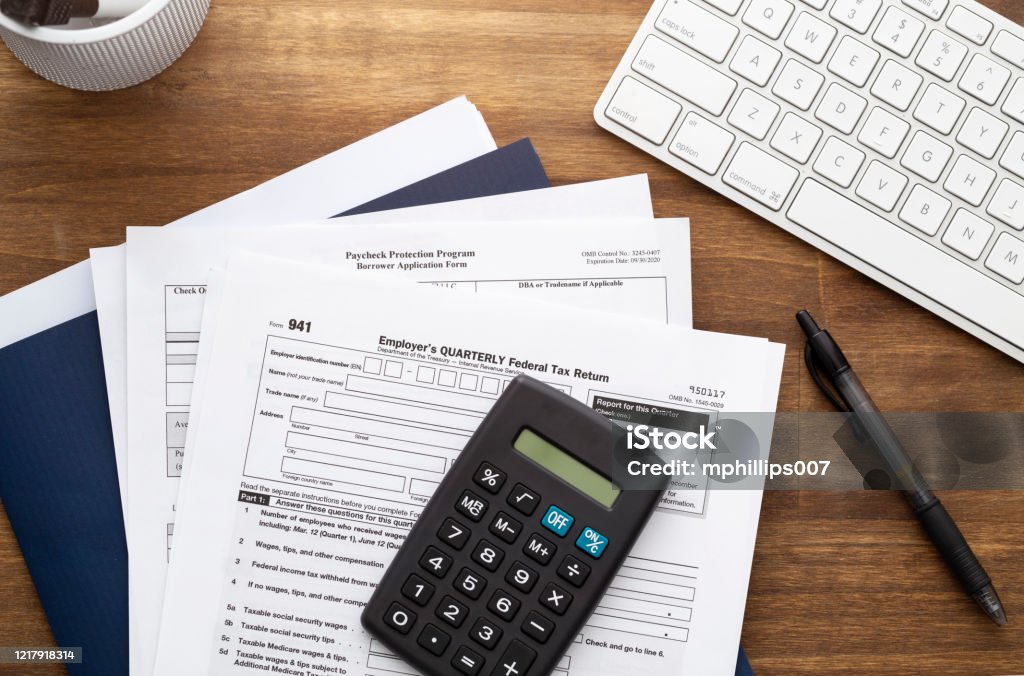Understanding SBA Loans

The Small Business Administration (SBA) provides a variety of loan programs designed to support small businesses in the United States. These loans are backed by the federal government, which makes them more accessible and appealing to lenders. This article will delve into what SBA loans are, their benefits, types, eligibility criteria, and the application process.
What is an SBA Loan?
An SBA loan is a loan that is guaranteed by the SBA. This guarantee reduces the risk for lenders, enabling them to offer more favorable terms to small business owners. SBA loans are designed to help entrepreneurs who may not qualify for traditional bank loans.
Benefits of SBA Loans
- Lower Interest Rates: SBA loans typically offer lower interest rates compared to conventional loans.
- Longer Repayment Terms: Borrowers often benefit from extended repayment periods, which can stretch from 5 to 25 years depending on the loan type.
- Higher Loan Amounts: SBA loans can provide significant funding, with amounts often exceeding $100,000.
- Less Collateral Required: Because of the SBA guarantee, lenders may require less collateral than they would for a traditional loan.
- Flexible Use of Funds: SBA loans can be used for various purposes, including working capital, equipment purchases, real estate, and debt refinancing.
Types of SBA Loans
The SBA offers several loan programs, each tailored to meet different needs:
- 7(a) Loan Program: This is the most common SBA loan. It can be used for a variety of business purposes, including purchasing equipment, real estate, or inventory, and for working capital. Loan amounts can go up to $5 million.
- CDC/504 Loan Program: This program is designed for purchasing fixed assets, such as real estate and equipment. Loans are typically structured with a long-term, fixed interest rate.
- Microloan Program: This program offers small loans, up to $50,000, to startups and small businesses. It is often used for working capital or small-scale equipment purchases.
- SBA Disaster Loans: These loans are available to businesses affected by disasters. They provide financial assistance to help businesses recover from physical damage or economic injury.
- Export Loan Programs: These loans are specifically designed for businesses involved in exporting goods and services. They help with financing for international sales.
Eligibility Requirements
To qualify for an SBA loan, businesses typically need to meet the following criteria:
- Size Standards: The business must be classified as a small business according to the SBA’s size standards, which vary by industry.
- Business Type: The business must be a for-profit entity. Nonprofits and some other organizations are generally not eligible.
- Creditworthiness: Lenders will review the credit history of both the business and its owners. A good credit score is usually required.
- Ability to Repay: Borrowers must demonstrate the ability to repay the loan through cash flow analysis and financial statements.
- Business Plan: A solid business plan outlining how the loan will be used and the anticipated financial impact is often necessary.
The Application Process
Applying for an SBA loan involves several steps:
- Prepare Your Documents: Gather necessary documentation, including personal and business financial statements, tax returns, business licenses, and a detailed business plan.
- Choose the Right Lender: While the SBA provides the guarantee, loans are issued through approved lenders. Research and select a lender that fits your needs.
- Complete the Application: Fill out the lender’s loan application. Be prepared to provide comprehensive information about your business, its financial health, and your personal finances.
- Submit Your Application: Submit the application along with all required documents. The lender will review your submission and may ask for additional information.
- Await Approval: The approval process can take time, so be patient. The lender will conduct a thorough review before making a decision.
- Close the Loan: If approved, you will go through a closing process where you’ll sign documents and receive the funds.
Common Myths About SBA Loans
- SBA Loans are Only for Startups: While they are beneficial for startups, established businesses can also apply for SBA loans.
- SBA Loans Take Forever to Process: While there can be delays, many lenders have streamlined their processes, and you can receive funding faster than expected.
- You Need Perfect Credit: While good credit helps, there are lenders who consider other factors, such as your business’s cash flow and potential.
- SBA Loans are Only for Specific Industries: SBA loans can be used across various industries, provided the business meets eligibility requirements.

